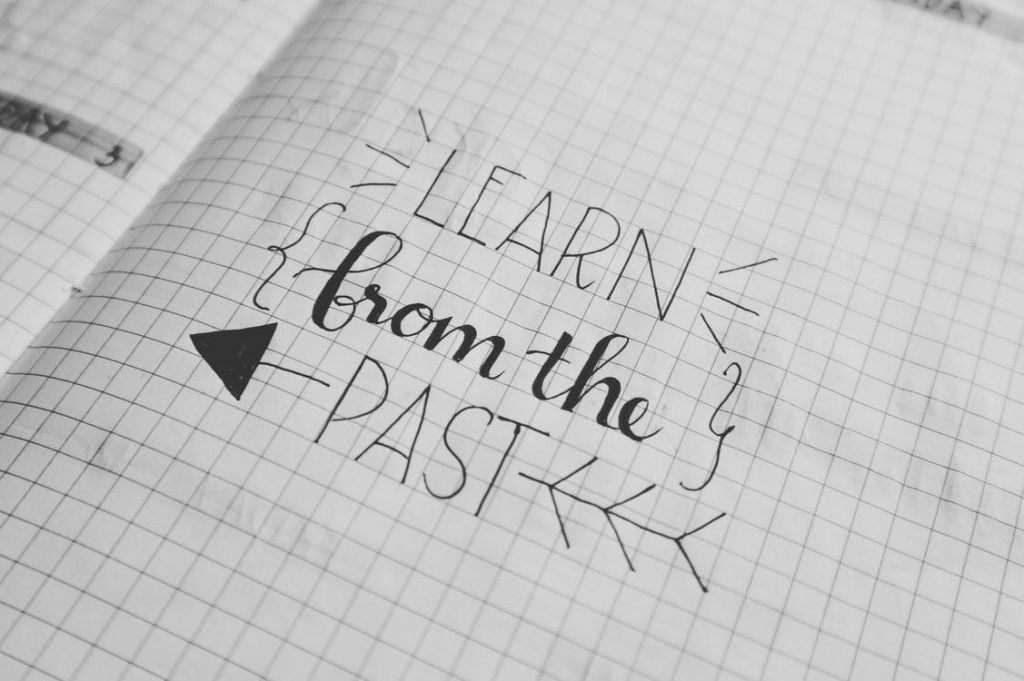
Plagiarism is when you intentionally or unintentionally use someone else’s words, ideas, or text as your own. Plagiarism can, for example, mean that in a written assignment you use other authors’ formulations without stating the source.
It can also be about using other people’s computer code or experimental results as your own or that you develop a product that is too similar to the original you were inspired by. Submitting someone else’s work as your own is a clear form of plagiarism.
Plagiarism can be described as a form of fraud and therefore, it is extremely important to avoid it. It can cause serious consequences; expulsion from school or getting fired from a job. Many people take accusations of plagiarism very seriously, so it is incredibly important that you understand the concept in good time and how you can protect yourself against it.
In the post below, we share 4 easy methods on how to best avoid plagiarism.
Overview:
- Quote
- Use a Plagiarism Checker
- Reference
- Write in Your Own Words
1. Quote

To quote means to reproduce what someone else has said or written. You use quotes mainly when you want to refer to a wording that’s distinct or innovative or when you run the risk of changing the actual meaning when rewriting. You can also feel free to use quotes when presenting a statement that you question and want to discuss. In most other cases, however, it’s much better to reference the content.
To distinguish quotations from the rest of the text, there’s either a quotation or a block quotation. If the quote consists of only a few words or a single sentence, it’s recommended to make a quote that is marked with quotation marks.
If the text you’re quoting consists of several sentences, make a block quote instead. This is designed as a stand-alone paragraph without quotation marks. The paragraph is marked with an indentation on the left and possibly right edge and can have a smaller font size and line spacing.
2. Use a Plagiarism Checker

Before you hand in something you have written, it’s important to check the piece of content for plagiarism. This will ensure that your content is unique and original, and help you avoid any legal issues if you have accidentally made the mistake of using someone else’s content.
Using a plagiarism checker is an excellent way to check your content for plagiarism quickly and efficiently. These tools look for material that is not original by comparing your writing with other texts and then they provide back a percentage that reflects how much information has been collected from other sources.
You simply enter the content into the tool which then scans for any instances of plagiarism. Using this type of tool ensures that your content is completely original, and it will help you resolve writing issues and quote properly.
If you don’t want to spend a lot of money right away and make the financial commitment regarding the plagiarism checker, you can look for a free plan which is equally effective.
3. Reference

When you refer to someone else’s text or part of the text, it’s usually better to summarize or rewrite it using your own words instead of making a quote. This is called referencing.
To be able to refer, read the original text, understand what the author means, compile the information and then express how you understand the content in your own words. Even if you use your own words, you must state the source through a text reference.
Just like with quotes, it must be clear which thoughts are yours and which ones you’ve borrowed from someone else.
4. Write in Your Own Words

Reproducing what someone else has written can be harder than you think. In order not to misinterpret someone’s ideas, sometimes the rewriting of your text becomes too similar to the original author’s work. It is not enough to just replace a few words in the sentence that you want to use in your text.
Remember that when paraphrasing, you should reproduce the main idea in your own way of reasoning and unique language style.
To do this successfully you should first read the text passage you want to use, think about what the most important parts of the passage were, write down supporting words, and formulate your text based on them. Always remember to include a reference, read through your text, and then go back to the original text to make sure you have captured the meaning in a good way.
Conclusion
Plagiarism can happen accidentally. To avoid it, make sure to quote properly, use the right summary technique and plagiarism checker, and always state the source. This will help you distinguish your content from other writers’ texts and successfully adhere to copyright rules.
Additionals:




























